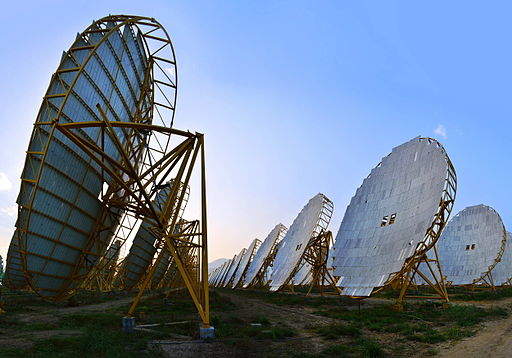
India has announced the introduction of a two-year tariff on solar equipment imported from China and Malaysia in a move intended to help stimulate its domestic solar industry.
Read more: India’s safeguard duty: targeting Chinese and Malaysian solar tech
India currently purchases 31% of the solar cells and modules China exports, while its own solar market has been stagnating due to the cheaper alternatives available from abroad.
Despite claims that the new duty will strengthen the domestic market, analysts have expressed fears that the decision will hinder the growth of India’s renewable energy system, with Bloomberg NEF saying the tax could bump up the price of solar plants by as much as 14%.
Solar installations are predicted to slow as a result of the measure, with developers having to adapt projects to accommodate the new duty.
The tax, originally intended to come into effect in July this year, is a 25% safeguard duty on imported solar cells and modules, falling to 20% after a year and 15% after 18 months. The delay in implementation was due to a series of objections and court challenges.
Previous attempts to boost the domestic market have been similarly opposed due to investors’ fears that such schemes are unsustainable.
The new tax follows on the heels of similar duties set up by the US and EU, with the former introducing a 30% tariff on solar equipment made abroad and the latter ending anti-dumping measures on China’s photovoltaic products.
Renewable energy makes up around a fifth of India’s installed power capacity and solar has remained at less than a quarter of the 100 GW target set by Prime Minister Narendra Modi by 2022. Under the Paris Agreement, India set a target of reaching 40% of installed electric capacity derived from low-carbon sources by 2030.
Government estimates say India is capable of producing solar cells to meet only 15% of its annual installations target of 20 GW. Imported solar parts had previously made up the remaining amount.
India is the fastest-growing major economy in the world, adding 9.5 GW of solar capacity last year and according to the International Energy Agency is on track to reach 28 GW by the end of this year, a figure six times higher than what was installed three years ago, though it is still below the targets set in the Paris Agreement.



